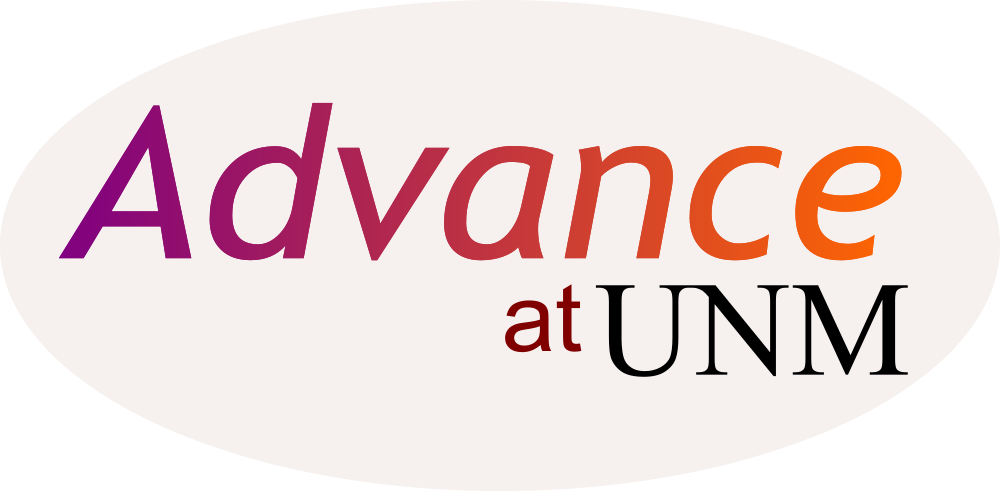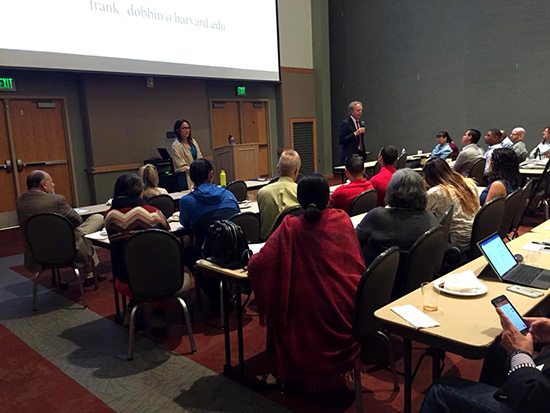Dobbin looks at which diversity programs work best

Harvard sociologist Frank Dobbin spoke to 130 people about why diversity trainings do not work in addition to other diversity efforts on Friday at the UNM Student Union Building.
Dobbin focused on the research findings in his papers. He discussed certain popular aspects of diversity in corporations that do not work, like diversity trainings, and other aspects that do help in increasing diversity, like increased engagement. His talk was geared towards managerial aspects of corporations.
Dobbin’s research looked at 830 firms and tracked their diversity over time.
“What we can do is take something like mandatory diversity training, and we can look across these companies to see when they put it in, we can statistically isolate its effect on management,” Dobbin said.
The breakdown of managerial positions
Dobbin first spoke on how many white men were managers out of all white men working in corporations. About 14 percent of white men working at all corporations had manager jobs in 1971, fluctuates a little, and settles around 16.5 percent in 2012.
There has only been a 1 percent rise for black women. For black and Hispanic men, they are at about the same point they were at in the 1980s.
“Black and Hispanic men – it looks even worse,” Dobbin said.
When looking at what percent of managers are white men, the numbers are pretty high.
“About 70 percent of their managers were white men, about 20 percent were white women,” Dobbin said.
The rest of the groups filled in the remaining 10 percent.

The main focus so far for increasing diversity in workplaces has been control, mainly in controlling the biases managers hold.
“People are biased, and that’s why there’s workplace inequality, and we can address that by trying to address their bias,” Dobbin said.
But, programs enacted based on control rarely work.
“People respond negatively to efforts trying to control their behavior…they will do the opposite of what you’re trying to get them to do,” Dobbin said.
Practices that have negative effects
One common practice that tries to control manager’s behavior is job application tests. These came up in the 1960s and 1970s, but are very common today. Around 40 percent of entry-level jobs require a test.
“Employees put them in place to constrain managerial discrimination,” Dobbin said.
Corporations saw managers hiring white men, so job tests were enacted so managers would have to assess the abilities of different candidates, and hire others when they are qualified.
Enacting job tests had a negative effect on diversity. When a company puts into place a job testing system, on average, the representation goes down from 23 percent to 20 percent. Similar situations happen with the rest of underrepresented groups.
What appears to be happening is managers resist the idea of hiring a particular person to prevent them from discriminating.
“When white men blow the math test, no one believes it,” Dobbin said.

Excuses are often made that they just had a bad day and assume that the test is wrong. However, when black people, women, or other minorities fail a math test, they assume that they are not good at math and therefore are not hired, Dobbin said.
Grievance procedures are another common way to control behavior. Grievance procedures gives employees a mechanism to challenge a manager’s decision about their pay, job application, etc.
The issue with these procedures is that people do not complain for fear of retaliation, and as a result, managers assume that there is no problem.
“Almost half of grievances received…are combined with a complaint of retaliation,” Dobbin said.
The last common aspect of control that often fails is diversity trainings. Most employers spend the majority of their diversity budget on diversity trainings. However, they often do not have many good outcomes.
“Managers feel that they are being blamed for a lack of diversity,” Dobbin said.
If the trainings are mandatory, they are more likely to have negative effects than if the trainings are voluntary.
Attitude shifts lead to more diversity
Dobbin also discussed some of the diversity programs that have positive effects. One of the main points revolved around engagement theory. The idea is that if people are engaged with diversity causes, then they are more likely to shift their attitudes and care about diversity more.

“If you can get people not on board with a particular goal…to act as if they are…their attitudes change,” Dobbin said.
Special recruitment programs are often effective when changing attitudes around diversity.
With special recruitment programs, different business choose representatives, who are often white men, to go out and recruit women or minorities. The recruiters end up feeling pride in the people that they hired, instigating an attitude change.
In addition, adding mentoring programs often come with many positive effects. The same goes for adding family/work-life workshops and listing childcare services, even if it is simply mentioning nearby daycares.
Dobbin encouraged everyone to steer away from diversity efforts that end up having negative consequences and focus on the good ones.
“Advocate for things that appear to have positive effects,” Dobbin said.

